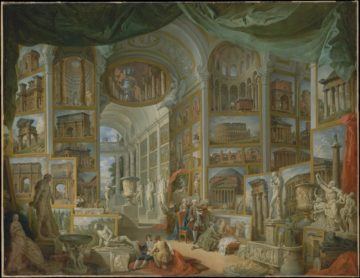Mostafa Heddaya in The American Prospect:
 Long before the advent of non-fungible tokens, some advocates of digital art argued that there is no meaningful distinction between a “virtual” object and a “physical” one. Such a division, they believed, partakes of the fallacy of “digital dualism,” the imprecise belief that a file is somehow less “real” than a painting on canvas, when in fact both are products of mind and time accreted to the permanence of matter. Less arty or newfangled is the old law of property. A contract is a ghost story for adults: It turns vaporous whatevers—labor time, carbon, pixel—into a coin struck by the handshake of exchange and the creep of law. Ownership was always a song and a dance and a fusillade.
Long before the advent of non-fungible tokens, some advocates of digital art argued that there is no meaningful distinction between a “virtual” object and a “physical” one. Such a division, they believed, partakes of the fallacy of “digital dualism,” the imprecise belief that a file is somehow less “real” than a painting on canvas, when in fact both are products of mind and time accreted to the permanence of matter. Less arty or newfangled is the old law of property. A contract is a ghost story for adults: It turns vaporous whatevers—labor time, carbon, pixel—into a coin struck by the handshake of exchange and the creep of law. Ownership was always a song and a dance and a fusillade.
Now, cryptocurrency evangelists, like the social media billionaire Winklevoss twins, have announced with NFTs a radical “liberation” of art. Taking to Twitter on March 21, Cameron Winklevoss inveighed:
NFTs liberate art. Traditional art is confined to time and space. You have to be in the right city, go to a museum, be invited to someone’s home, etc. Anyone, anywhere with an Internet connection can view NFTs and take them in. This is a huge breakthrough
A perspective adequate to evaluating all such pulpit palpitations about NFTs would find nothing new here. NFTs are essentially contracts for the sale and ownership of what amounts to a link. Generally, this is even less than a privative right to a digital object—typically JPEG or TIFF image files, formats created in 1992 and 1986, respectively. The works to which NFTs correspond are stored elsewhere, on an independent database that is marginally more secure than Dropbox or Google Drive (the origins of all such distributed systems date to the 1960s).
More here.
